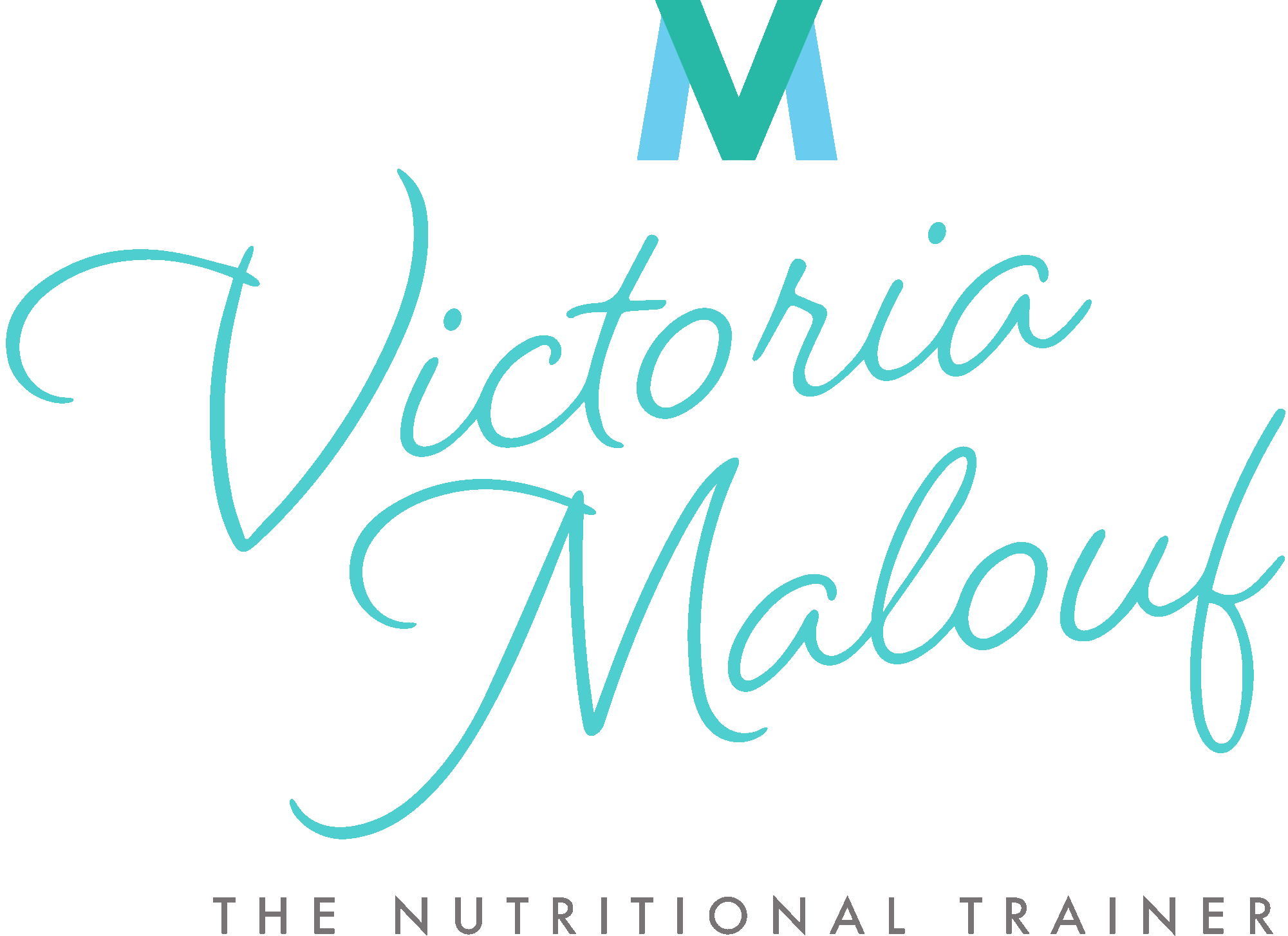What is the paleo diet?
- Victoria Malouf

- Aug 4, 2019
- 2 min read
The “Paleolithic” diet, or Paleo, revisits the way humans ate during the Paleolithic era. Paleo supporters state that because our genetic and anatomy have changed very little since that age, we should eat foods available during that time to promote good health. Our predecessor hunted, fished and gathered wild plants for foods and they did not have advanced tools to grow and cultivate other plants. They were believed to experience less modern-day diseases like diabetes, cancer, and heart disease because of a consistent diet of lean meats and plant foods along with a high level of physical activity from intensive hunting.
What foods to include in the Paleo diet?
The Paleo diet includes lean meats, fish, fruits, vegetables, nuts, and seeds.
There is debate about several aspects of the Paleo diet: what foods actually existed at the time and how modern-day fruits and vegetables bear little resemblance to prehistoric wild versions. Because of these differences, there is not one “true” Paleo diet. For example, although white potatoes were recorded as being available during the Paleolithic era, they are usually avoided on the Paleo diet because of their high glycemic index. Processed foods are also technically off limits due to an emphasis on fresh foods. Overall, the diet is high in protein, moderate in fat (mainly from unsaturated fats), low-moderate in carbohydrate (specifically restricting high glycemic index carbohydrates), high in fiber, and low in sodium and refined sugars.

https://www.drweil.com/diet-nutrition/diets-weight-loss/paleo-diet/
What foods are not allowed in the paleo diet?
Whole grains, cereals, refined grains and sugars, dairy products, beans, white potatoes, legumes (peanuts, beans, lentils), alcohol, coffee, salt, refined vegetable oils such as canola, and most processed foods in general.
What are the benfits of following a Paleo diet?
There are only a limited number of clinical trials comparing the Palaeolithic diet to accepted diets such as the Mediterranean diets. The Palaeolithic diet was often associated with increased satiety and improvements in body weight, waist circumference, blood pressure and lipid profiles.
Potential Disadvantages:
High cost. Grass-fed meat, wild-caught fish and fresh fruit and vegetables tend to be pricier than processed versions such as frozen or canned.
Meal planning. Because the diet relies on fresh foods, it may be challenging for busy lifestyles or for those less experienced with cooking.
Excluding foods. The exclusion of entire categories of commonly eaten foods like whole grains and dairy increase the risk of deficiencies such as calcium, vitamin D, and B vitamins.
Health concerns of high meat intake. Several studies have shown that a high intake of red meat is linked to a higher risk of cancer and cardiovascular disease.






Comments